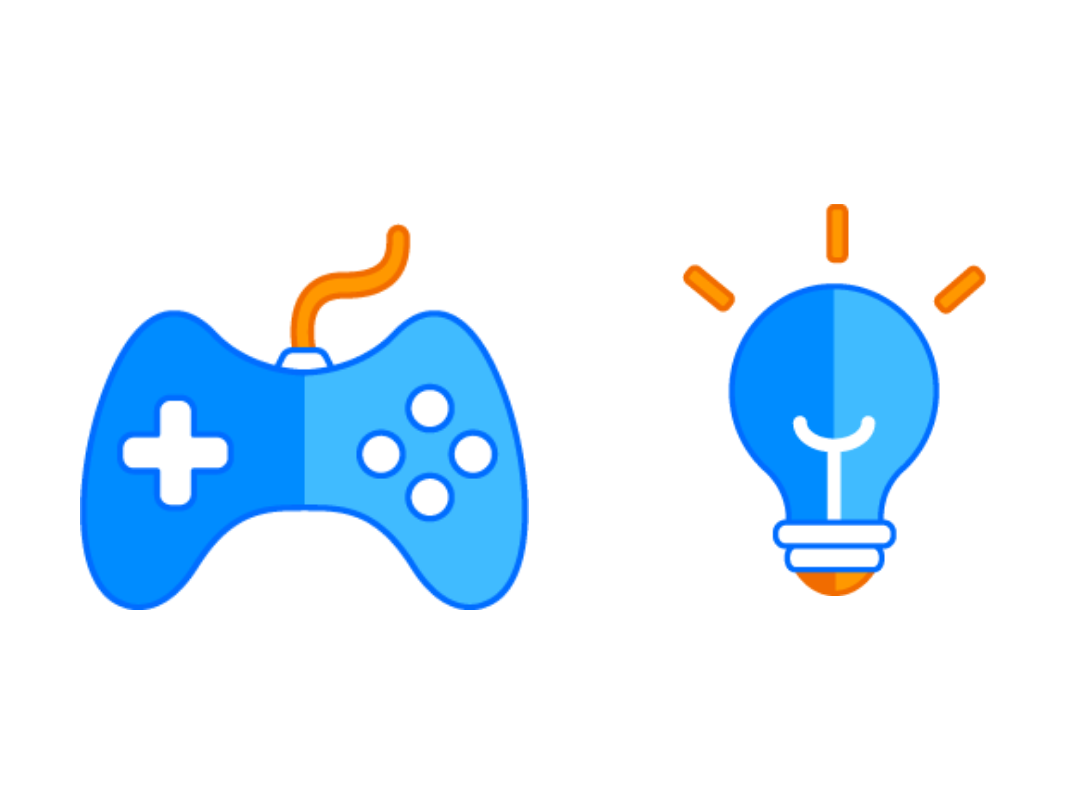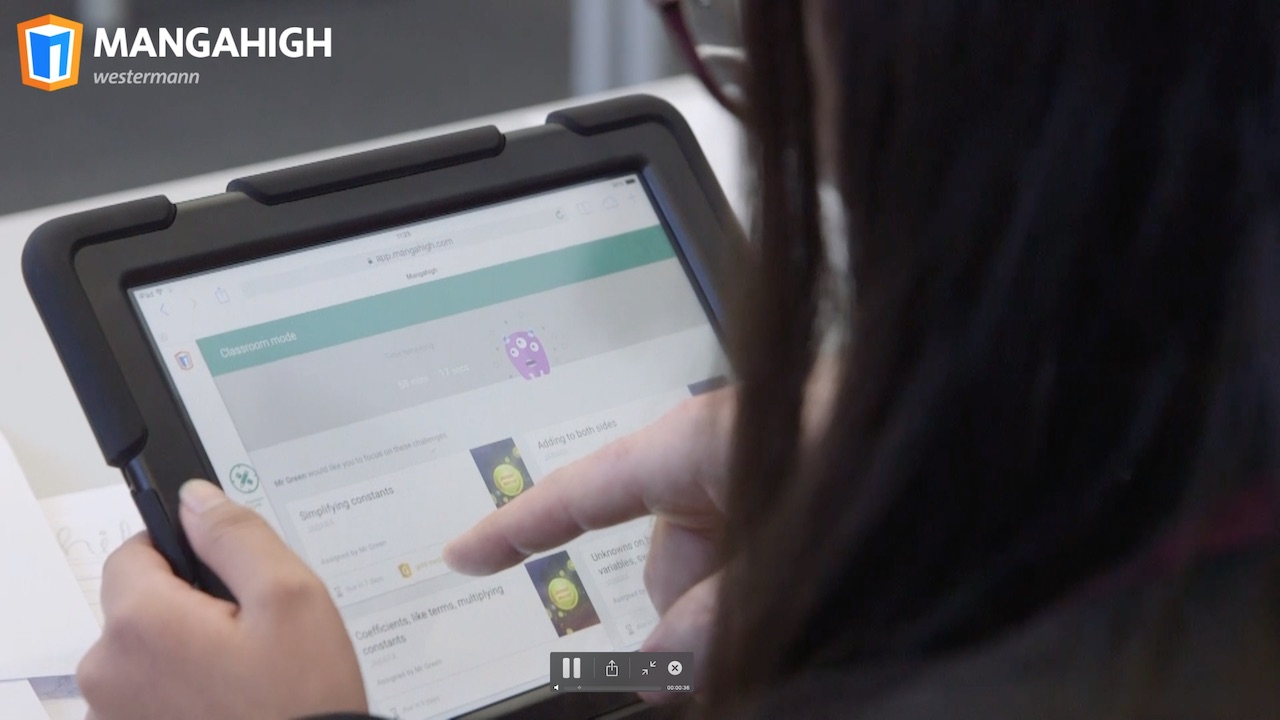Por Wendy Verdaasdonk
How to Develop a Growth Mindset with Game-Based Learning
The Psychology of Games
Let's first look at what makes children keep trying while playing video games. It starts with knowing how the human brain works in terms of good and bad feelings. In short, we are drawn to feeling good, as it's connected to positive incentives or rewards, while avoiding negative consequences, however big or small, which make us feel bad. But generally in life in order to get these positive rewards, you need to go through a lot of effort. However, in a video game, you get constant small rewards (points, level progression, medal collection etc.) for every 'good' thing that you do. An interesting fact is that the human brain does not make a clear difference between real-life and artificial rewards. This results in the motivating effect that video games have on people. You want to keep trying because you know you will be rewarded even if you get just a little further through the level, by getting a higher score for example.
On the flip side, there's the expectation of failure when it comes to gaming. When you start a level, you know you might not get it in one attempt, especially as you further progress through the levels and the difficulty gradually increases. Games are designed for graceful failure and to motivate players to try again. Often in games, especially the ones designed for children, failing a level doesn't have any really heavy consequences apart from having to start over again. This relieves the pressure which feeds the motivation to try again. If you're interested in this subject, we wrote a blog just about the psychology behind game-based learning, click here to read it.

How Growth Mindset Connects to Gaming
To start, let's look at what growth mindset is exactly. Growth mindset goes further than just saying 'nice try!' when a student fails to answer a problem correctly. It's about encouraging the student to try again, perhaps with a different approach, and keep trying again until they find a way to solve the problem correctly. Educational researcher Carol Dweck explains: "The growth-mindset approach helps children feel good in the short and long terms, by helping [students] thrive on challenges and setbacks on their way to learning. When they're stuck, teachers can appreciate their work so far, but add: "Let's talk about what you've tried, and what you can try next." It is a focus on progression and trying new approaches until the student finds one that works for them, and helps them master the topic."
You can't ignore the fact that encouraging a growth mindset has a huge positive impact on a student's motivations and even lowering their math anxiety levels. Researcher Jo Boaler has done extensive research on the effects of applying a growth mindset approach in the classroom: "Instead of giving students damaging fixed mindset messages about their potential, teachers can take the opposite approach and offer students a growth mindset pathway [...] This resulted in dramatic changes in their classroom environments and in students' achievement. After teachers made the assessment changes students' math anxiety, formerly commonplace because of the testing culture, disappeared. Instead, classrooms were filled with self-confident students, which led to higher levels of motivation, engagement and achievement."
That trying again though, can be a frustrating process for a student which can affect their motivation. For everyone it's hard to keep failing at something. But, as we've seen, video games actually thrive on this concept. Keep failing and keep trying again until you can make it work is the core concept of games. This is why growth mindset and games go together really well. It's encouraging to try again, while keeping it interesting by keeping in the fun and keep seeing positive results by an increase in points even if you just get a little further than the last time you tried.

Game-Based Learning
It seems to be a no-brainer then, bring game concepts to learning. But of course, this is not all there is to it. A game can have math in them, but not actually be that educational at all. It's about ensuring that the game mechanic is paired soundly with good educational principles to enable a supportive partnership.
The games at Mangahigh are developed by researchers and teachers using many different educational approaches. One example is using digital versions of real-life manipulatives, and enhancing them while still keeping the familiar concept. One way to encourage a growth mindset in our newest content, is by using interstitial messaging to build resilience and improve the wellbeing of the players. Our Content Director, Paul Carter, wrote a blog where he explains more of the approaches that we have adopted in our newest content for learners aged 5 - 7 which you can read here. The addition of this new content means that students can now start learning math with the help of Mangahigh from the very beginning of their schooling days and all the way through their elementary math development. All of this content incorporates both educational and gaming theories. Because what is learning if it isn't motivating and fun?
Of course, we don't expect you to take our word for it, have a look at the content yourself. Make sure to check out some of our games and sign up for a trial to see our entire platform with all of our Prodigi (quiz-like) activities and educational games. Let us know what you think, and how you encourage a growth mindset in your classroom.